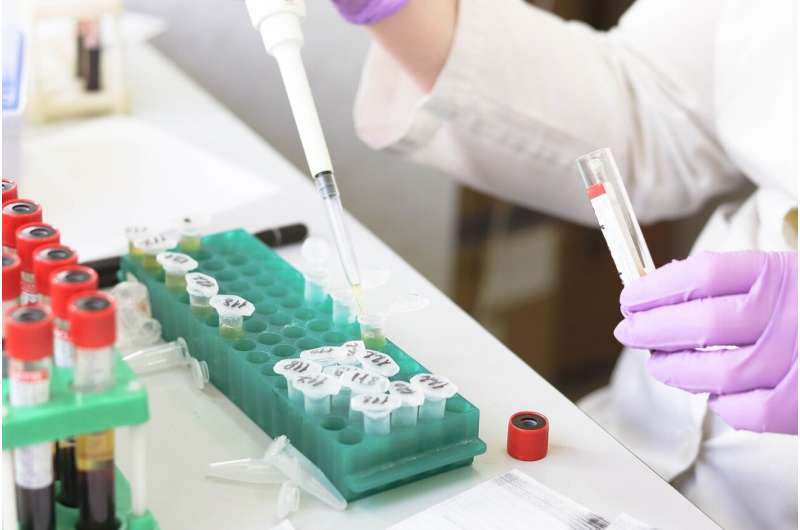From one hour to one minute: New analysis technique simplifies the process to detect Bisphenol A contaminants

Bisphenol A is a chemical compound used mainly in the manufacture of plastics and in the production of thermal paper, used to print sales receipts and different types of tickets. In recent decades several studies have demonstrated its unhealthy effects due to its toxicity, especially on the hormonal system, which is why its use has been restricted in some EU countries.
A research team has now reduced and simplified the process to detect this type of contaminant through a new procedure that slashes the analysis time "from one hour to just over a minute," explained Ana Ballesteros, one of the researchers with the "Supramolecular Analytical Chemistry" group at the University of Cordoba, who, together with María Jesús Dueñas and Soledad Rubio, participated in the project.
This new technique makes possible direct analysis of the sample with little or no pre-treatment and separation, which is common in traditional methods. To this end, the new procedure, which has been tested on 62 thermal paper samples, makes use of two fundamental elements. First, environmental mass spectrometry, a new and highly useful field that makes it possible to identify substances on the basis of their mass by means of direct and rapid analysis equipment. Second, the research group has introduced a type of green solvent into the process, which is key to simplifying the analysis technique and extracting bisphenol from the sample.
These environmentally-friendly solvents, called SUPRAS, have emerged in recent years as an alternative to other conventional petroleum-based products. Their high performance allows for fast and efficient extraction using very little solvent. "While traditional methods can entail treatment taking several hours, and a greater consumption of toxic solvents, now we do it in just a few seconds, and using only a few microliters of a solvent that is also environmentally friendly," said Ballesteros.
This new analysis technique, as described in Chemosphere, a scientific journal specialized in environmental chemistry, uses a glass probe that contains the solvent and is placed in contact with the sample to be analyzed. This probe is then placed in a computer connected to a database that quickly alerts one to the presence of bisphenols. "This is a validated procedure that could be used by any non-expert user," explained the researcher.
The new methodology, "whose simplicity is one of its main upsides," opens the door to the analysis of other contaminants in different types of materials," emphasized the author of the study. In fact, the research group has launched another study to apply this same analysis technique to food packaging.
More information: María Jesús Dueñas-Mas et al, Supramolecular solvent-based microextraction probe for fast detection of bisphenols by ambient mass spectrometry, Chemosphere (2022). DOI: 10.1016/j.chemosphere.2022.133719
Journal information: Chemosphere
Provided by University of Córdoba





















